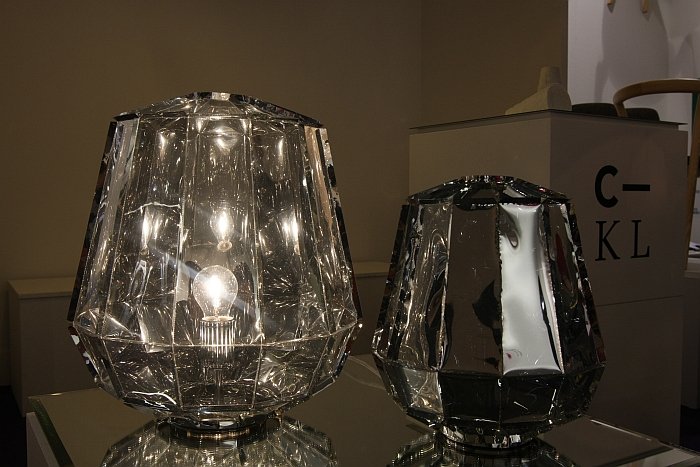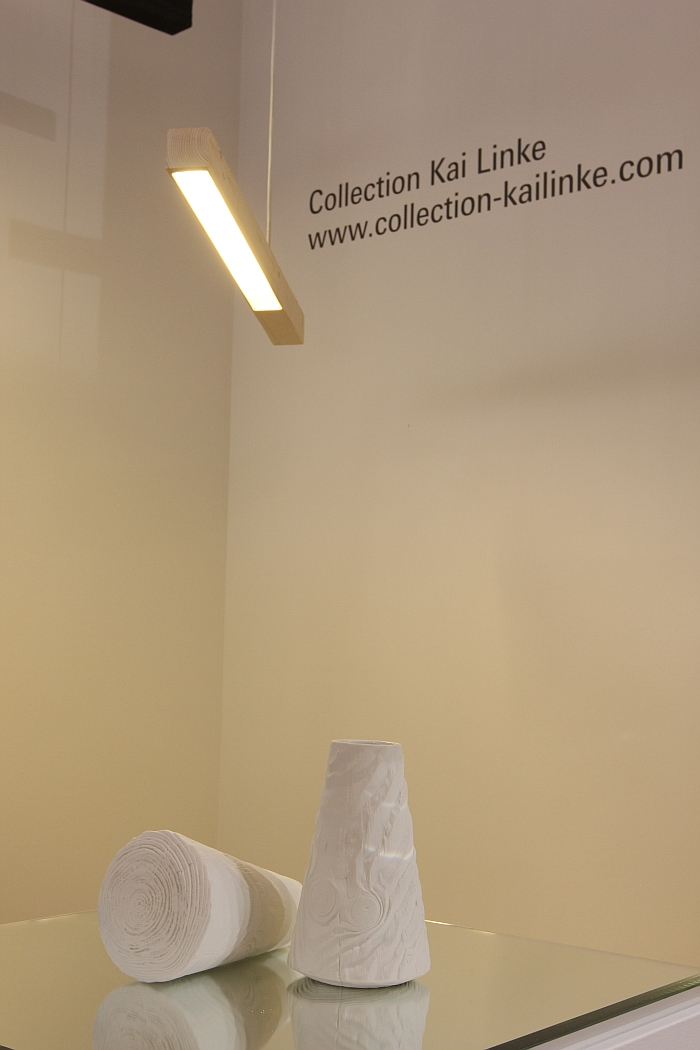As a "consumer goods" trade fair devoted to tableware, accessories, gifts, light-bulbs with filigree filaments, and the like, Ambiente Frankfurt is not a trade fair to which we feel a particularly empathy.
Indeed one could go as far as to say that with its hall upon hall of products who's reason for existence we question and the hollow echo of "Lifestyle", "Trend", "Innovation" and "Buy me! Buy me! Buy me and you'll rise to a social status you could previously never dream of attaining" which follow and haunt you throughout the halls and corridors, Ambiente Frankfurt is the antithesis of all we hold scared, all which defines and underpins our understanding of sustainability, responsible consumption, aesthetics, design, progress, respect. Life.
Just as Florent saw Les Halles as the embodiment of 19th century France's malaise, so do we see Ambiente more as a symptom than a cure.
But that's probably just us. Thousands of people visit Ambiente Frankfurt every year and are grateful that they have. Even enjoy themselves while they are there.
And despite our objections to the event, we invariably find one or the other product and/or manufacturer which/who doesn't/don't offend our sensibilities.
We've already posted on Feinserie, have a couple more posts in planning, but with the fair now closed, here our High Five from Ambiente Frankfurt 2016......
Kisen
Japan was very present at Ambiente 2016, but rarely with such a finesse and self-confidence as in the products from Toyama based manufacturer Kisen. The first objects which attracted our attention were the sake cups. We know nothing about sake cups, are unable to place those from Kisen in any sort of cultural, historical or social context, but as objects everything about about them worked: the proportions, the form, the mix of wood and brass, the weight, the emotion. Everything. Designed by Susumu Yotsukawa there is nothing kitschy, nothing forced, nothing not to like about the sake cups. And then when we saw the swing/tilt beakers spinning and wobbling like the Weebles of our childhood we were hooked. We don't feel any great need to learn anything about the traditions and semantics of Japanese drinking vessels; do however feel a lot happier however knowing that Kisen and their products are out there.
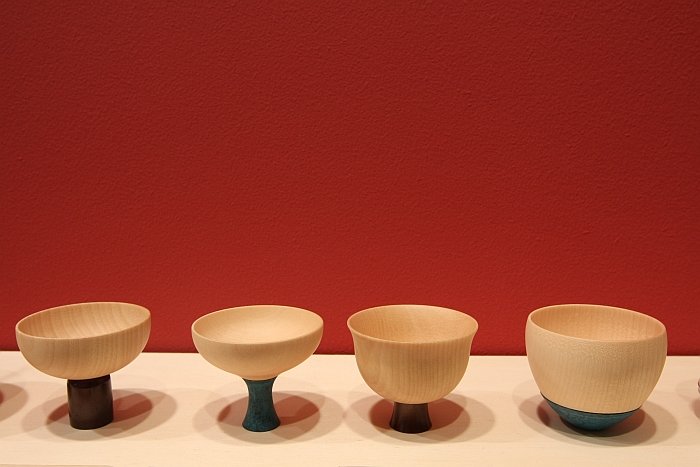
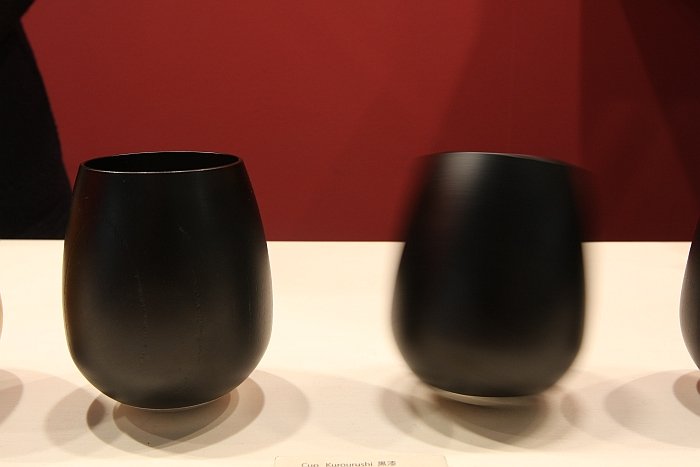
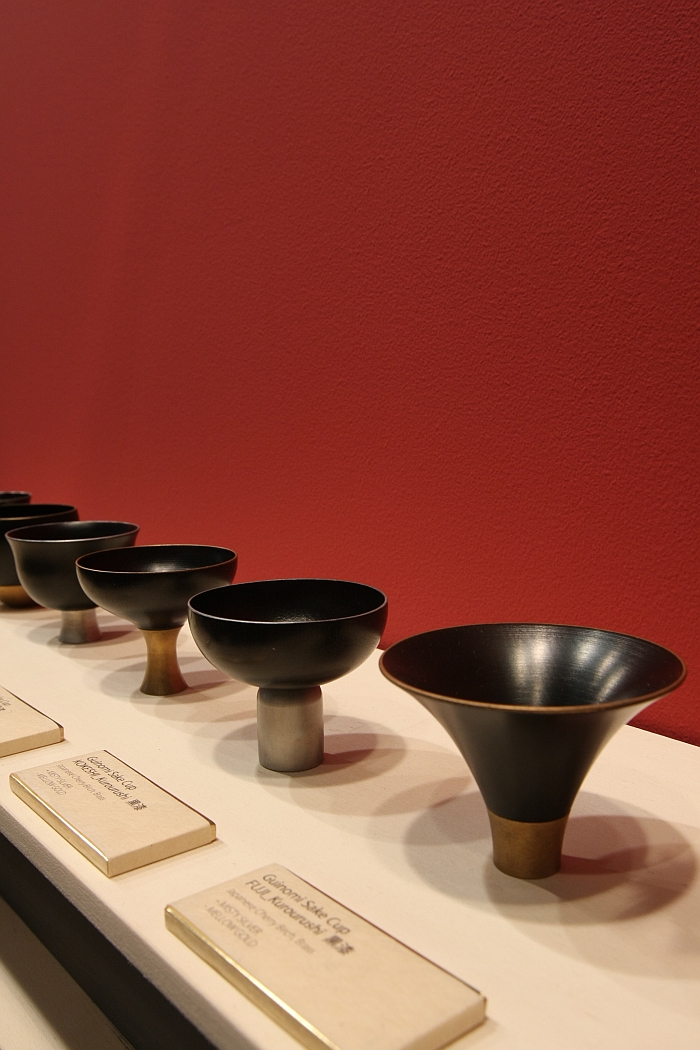
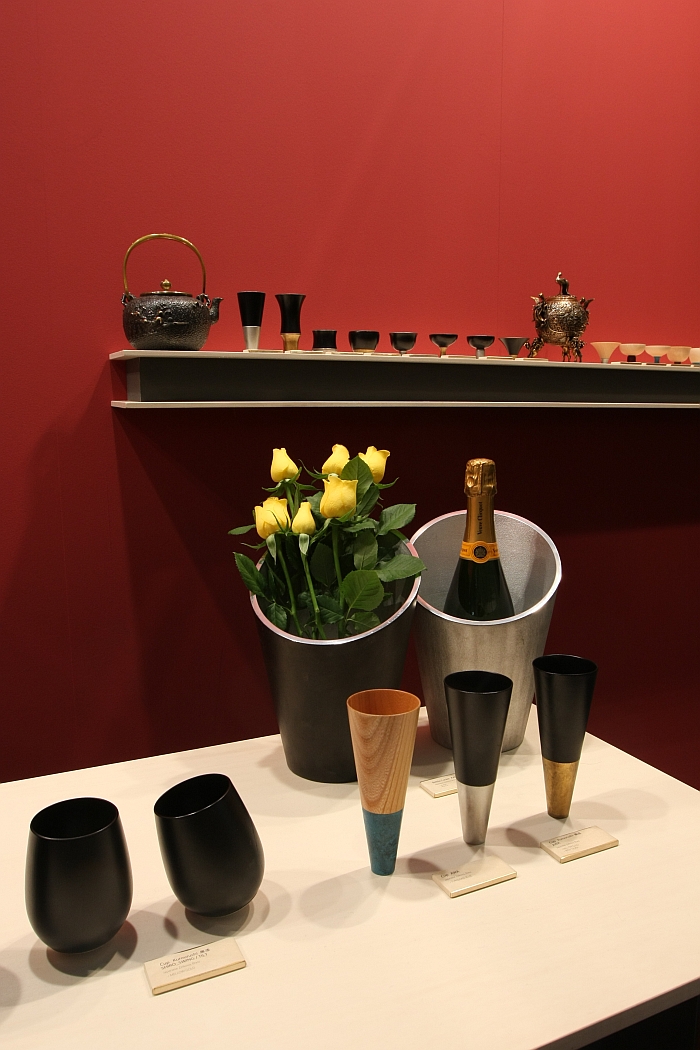
Project L and Project H by XLBoom
Project L & Project H by Belgian label XLBoom confused us, and truth be told continue to confuse us. We're fairly certain we like them, just can't put our finger on exactly why. A family of room dividers/shelving units/sideboards the objects are without question very nicely proportioned and thoughtfully arranged, even if the number of wine bottle holders does indicate an intended market that doesn't know its Shiraz from its Syrah. But that, normally, shouldn't be enough to attract our attention; especially given the disconcerting hint of "ethnic" they emit. We're sensing Bazaars. Don't like Bazaars. However having visited the XLBoom stand a few time we began to understand, and feel an association with, the sense of transit the objects convey. With most shelves you know that once something is placed on it, it's going to stay there. Shelves are permanent. With Project L & Project H everything is very temporal, the units clearly inform you that objects aren't meant to be placed in or on them for long. That they are there as an aid, not a solution. There is a sense of mobility about them. Obviously the majority of things placed in or on them will remain there for a long time, such is the human condition, but you know that's not what is supposed to happen. And you'll feel guilty. And we're fairly certain we like that.....
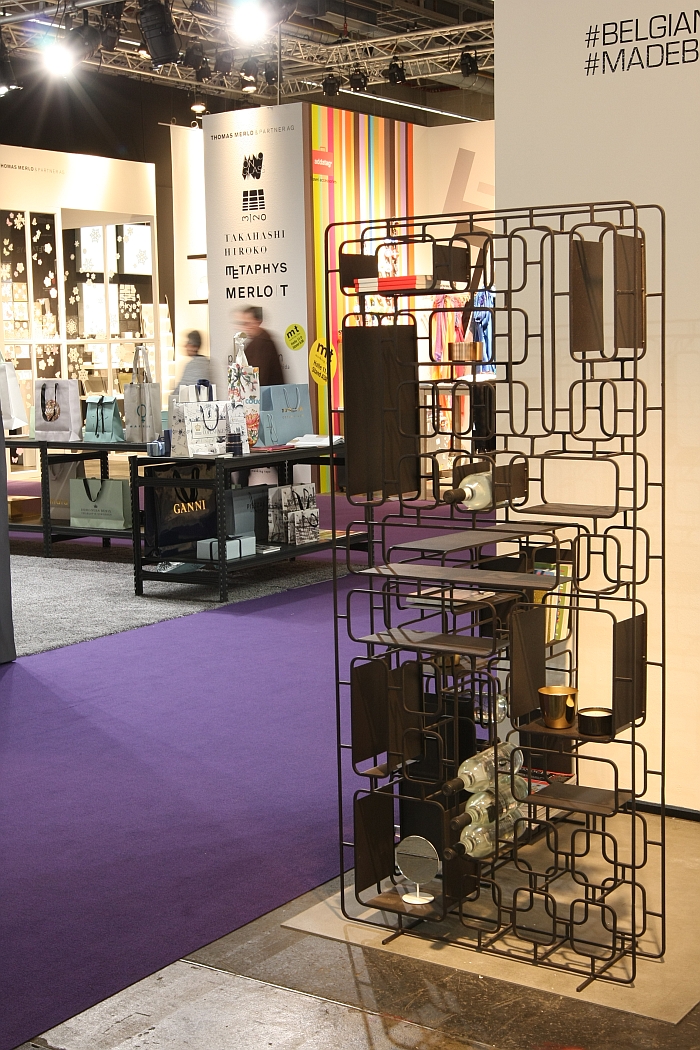
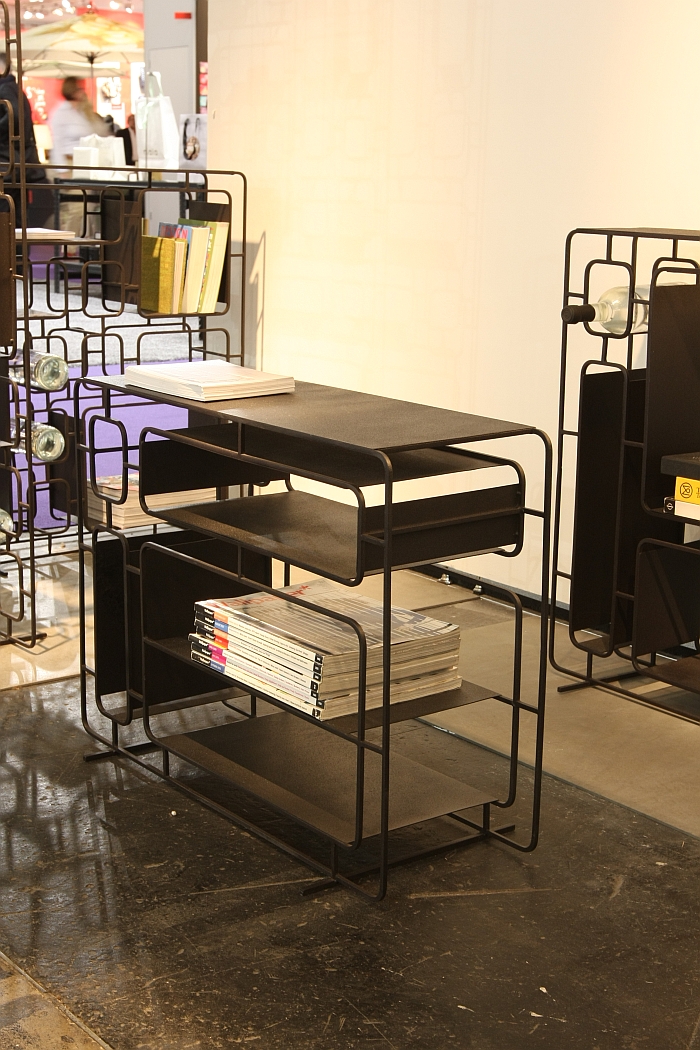
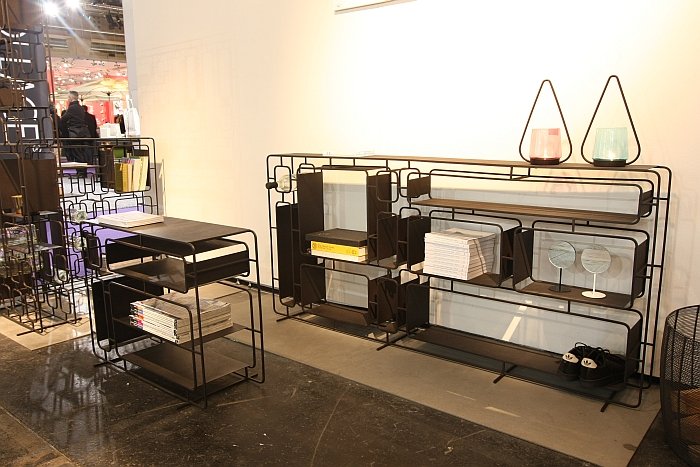
Wow Shelf from Aveva Design
Anyone who has ever spent any amount of time with us will be more than aware that we don't do felt. As in really, really don't. Don't even joke with us about felt. One can't joke about felt! Yet despite our near pathological aversion to felt we were very taken with the Wow Shelf from Swedish label Aveva Design. What particularly attracted us was the fact the felt isn't used as felt but as a material. As a general rule when felt is used for interior products an attempt is made to highlight the fact that it is felt, with the Wow shelf that isn't the case. The material for the bracket needn't be felt. It is. The effect is an expressively simple shelf concept which brings a touch more character to a space than would a traditional bracket. And which can be effortlessly stored should you decide that the shelf is surplus to requirements.
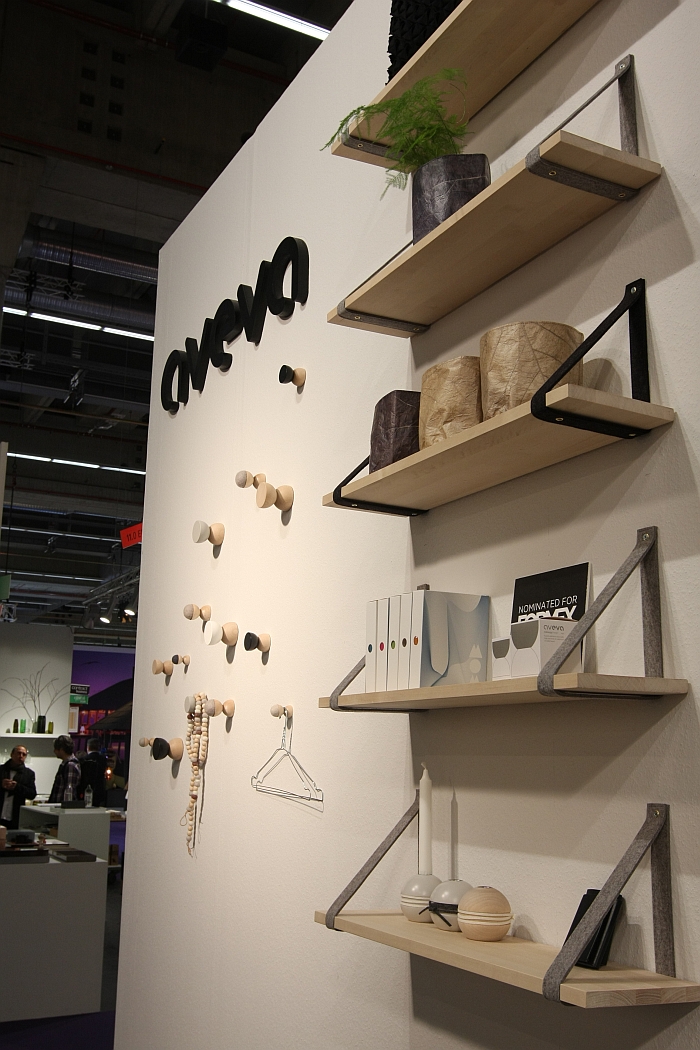
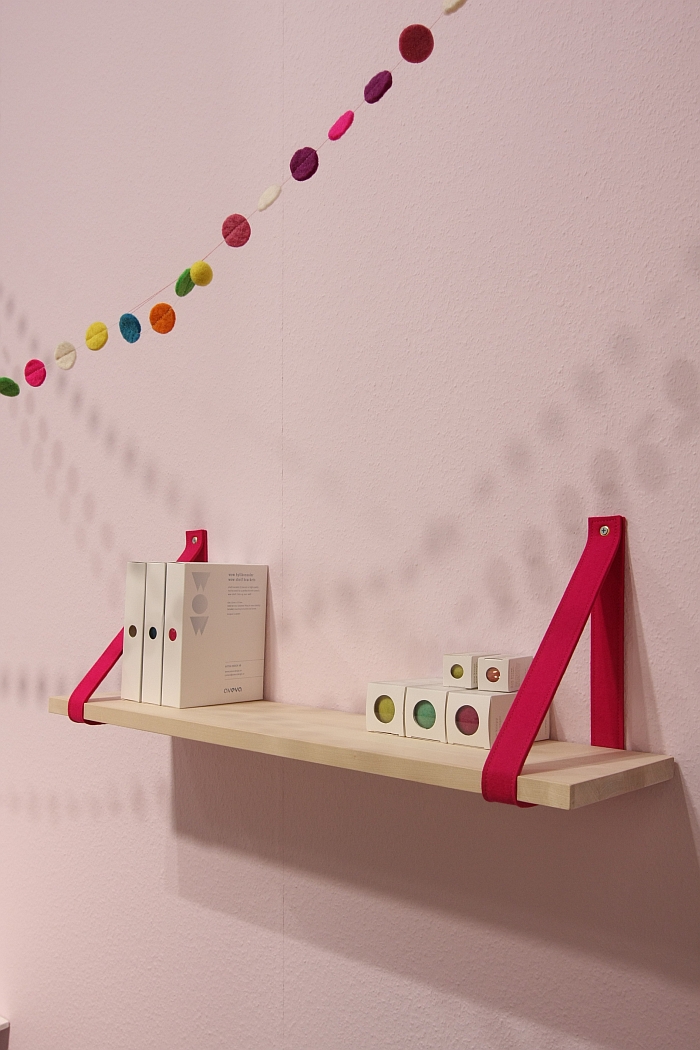
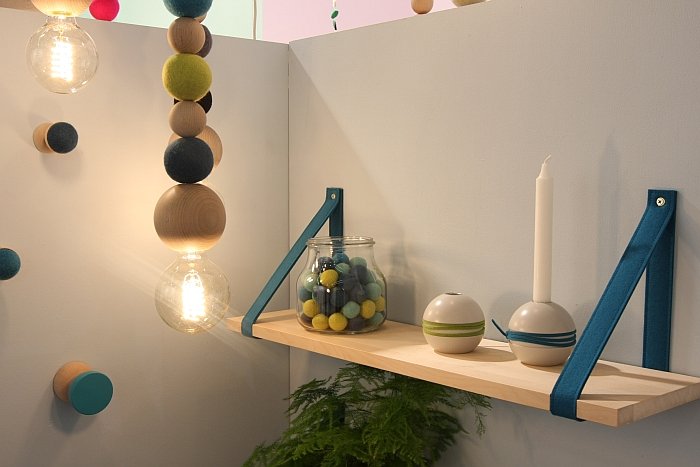
Korbo
Does the world need handwoven metal baskets? Probably not. Should we be thankful that Gothenburg based Korbo have been producing such since 1922? Most definitely. Originally used by fisherman and farmers Korbo's robust metal baskets are the perfect retort to all that faux post-industrial filigree nonsense that has flooded the interiors market of late. Yes, we can also see the soft focus, pastel tinted photos in glossy magazines featuring improbably beautiful Scandinavians in improbably perfect interiors, and in the corner a Korbo basket. Yes, we also feel nauseous thinking about such. But gain confidence in the certain knowledge that if all involved in that photo shoot went out for a drink afterwards, the Korbo basket would be the last one to leave the pub. And the first one up in the morning. Robust are the baskets from Korbo. Robust.
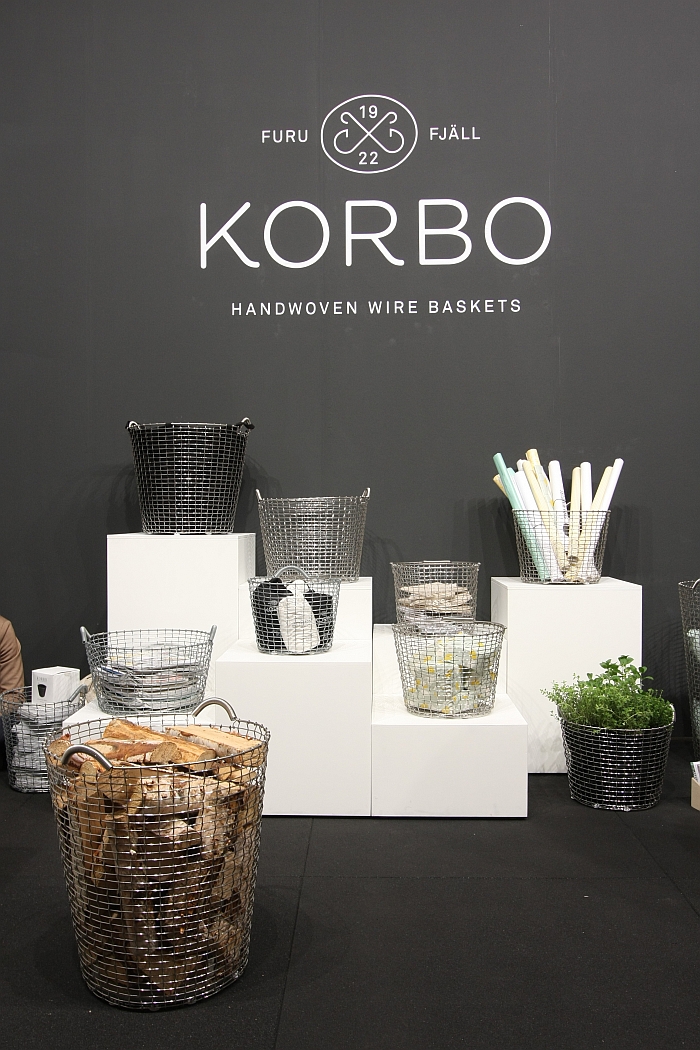
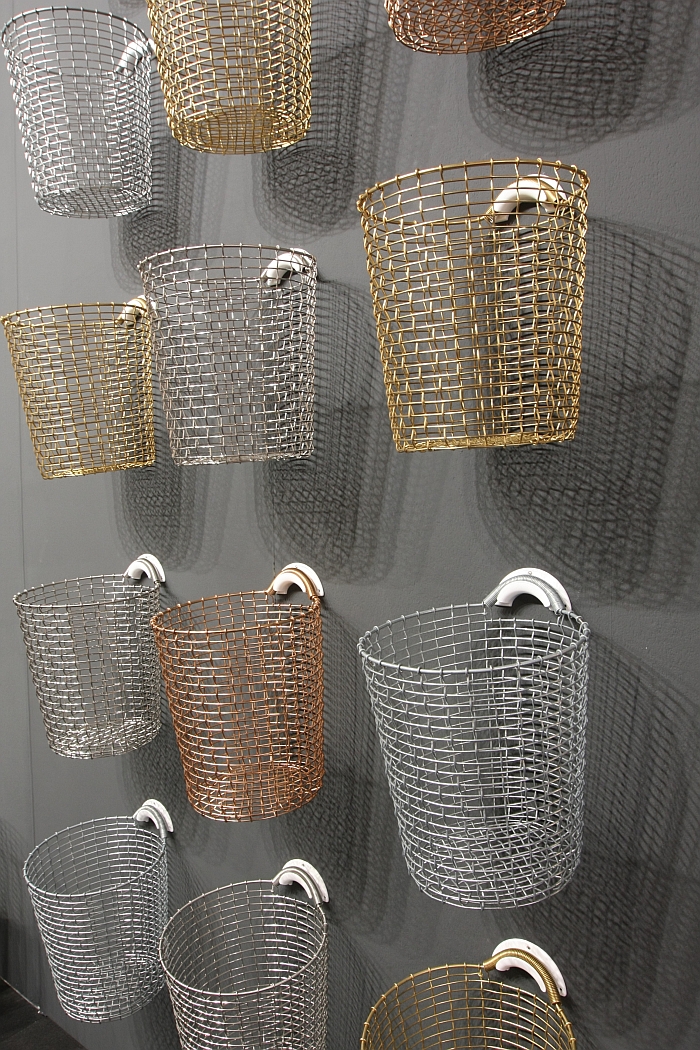
Collection Kai Linke
Given that our interview with Kai Linke was published at the start of Ambiente, we'd kind of telegrammed the fact that we like his work.........

